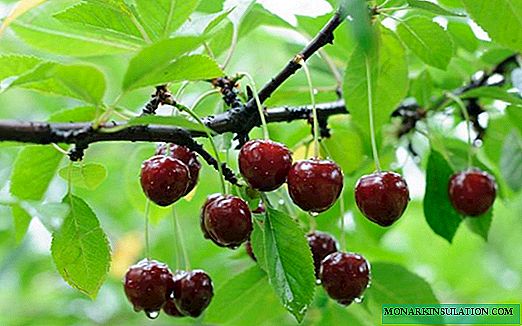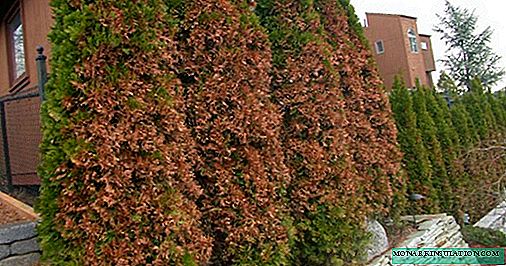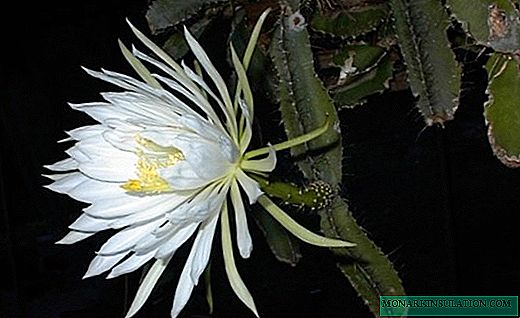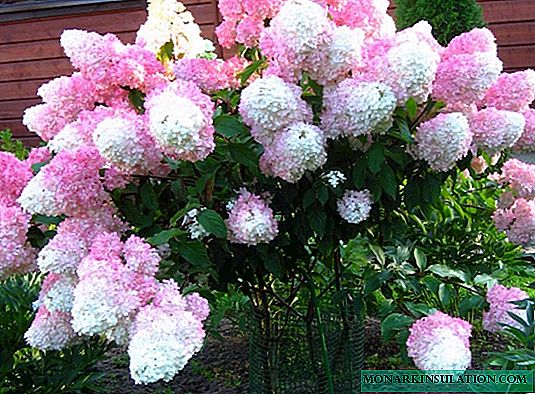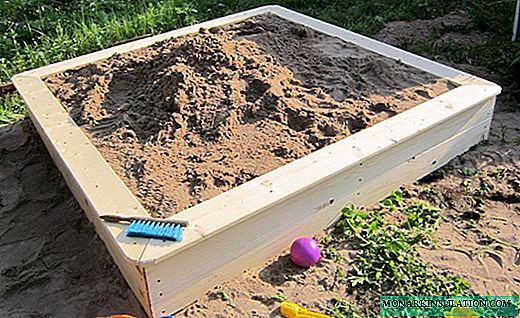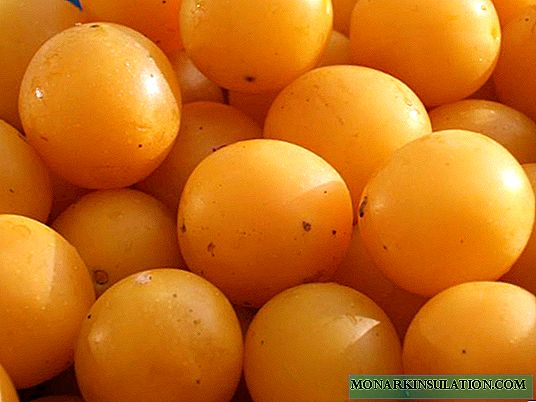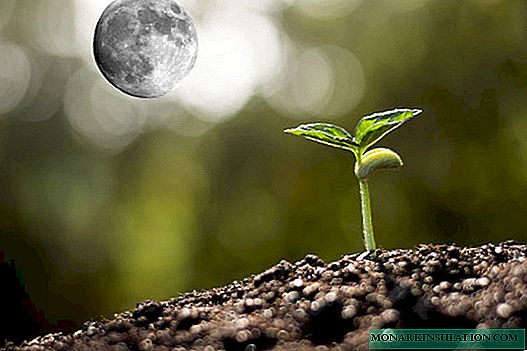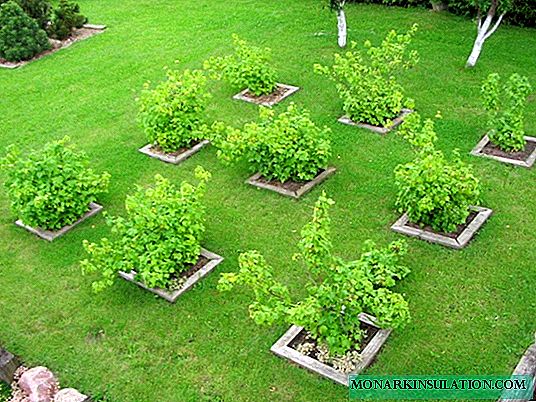
A rare owner of a private house prefers not to plant fruit trees on his plot. Everyone usually wants to have a fruit garden - in spring, the trees delight with beautiful flowering and aroma, and the fruits and berries from your own garden always seem much tastier than those bought in a store or on the market, in addition, you know that these are environmentally friendly products. In Feng Shui art, the image of a blossoming orchard is a symbol of abundance and prosperity. The layout of the garden is a responsible matter, on how correctly you plant trees, their growth and ability to bear fruit will depend, so this task needs to be treated with great attention.
If you want to grow vegetables in your garden as well, the layout of the garden should be considered as a whole. It is better to allocate a place for beds at the southern border, from north to south, so it is better for crops growing in the middle lane. Some gardeners recommend placing beds from east to west. Behind the vegetable and strawberry (strawberry) beds are fruit bushes - currants, gooseberries. Trees are planted behind the shrub, light shade from the trees will not hurt the berry shrubs, and vegetable beds should be in the sun.

An example of the design of vegetable beds - they do not have to be square or rectangular, the original beds resemble flower beds
What you need to know before you start planning?
Before proceeding with garden planning, the following important factors must be taken into account:
- What size is the area can be allocated under a fruit garden. For trees with spreading crowns, a distance of 4 square meters is required.
- Terrain. Ideal for the orchard is a flat terrain or a gentle slope, cold air and excess moisture are trapped in the basins, these areas are unfavorable for fruit trees.
- Soil analysis of your site. Fruit crops have a strong root system, soils must be fertile to provide good nutrition. Rocky, clay, sandy soil for the garden is not suitable. The proximity of groundwater negatively affects tree growth.
- The presence of heat and light. For most fruit trees, it is important that there is plenty of light and heat, in the shade they grow and bear fruit much worse. It should be said about the area with a constant strong wind - the wind interferes with normal pollination, dries the soil, often damages the crop and breaks the branches of trees. High winds or green spaces can partially protect against winds.
Planning begins with a diagram on paper. If there is already a house on the site, you need to start planning from it. The scale of the plot, the contours of the house and other buildings, as well as the places where the trees already grow, are applied to the paper on a scale.

Trees that have already grown enough to protect this area are protected from the wind.
If the site has not yet been built up, the place for building the house is applied to the scheme. The layout of the garden on the site suggests the presence of a front garden. The house should face the street, in front of it remains a strip of land for the front garden. Its size depends on the area of the site - for someone it is only a meter, for someone it is 6-8 meters. In a small front garden, flowers, raspberries and berry bushes are usually planted; in a large garden, ornamental trees, flowers or several fruit trees are planted at the discretion of the owners.
To large fruit trees - apple trees, pears, take a place in the northeast side of the site, between them and fruit and berry bushes - a place for smaller trees - cherries, plums.

An example of the layout of a garden and a kitchen garden - a plot is divided into two parts. In the first - a house surrounded by a front garden and vegetable beds, the second half - a fruit garden with trees planted in rows
In general, it will be convenient to draw a plan of the site, put on it all the available buildings, the estimated location of the garden and vegetable garden. On the site, you need to mark the pits for planting trees. Try to plant trees at a distance so that they do not obscure each other as they grow. Heap-growing bushes and trees in the garden grow poorly, in addition, conditions for diseases of garden crops are created. In fruit trees, the root system is powerful, it should develop freely.
Tip. If your site is overgrown with wild shrubs, there are stumps on it that need to be uprooted, do the necessary work and burn the woody remains. Collect ash in a dry place, it will come in handy when creating fertile beds.
Usually, the layout of the orchard involves planting trees in such a way that they do not obscure the neighbors, but there are cases when the tree grows near the fence, providing fruits for both the owners and neighbors, while no one has any complaints.

Today it is fashionable to give the beds an original form, for example, a garden pizza. The highlight is that from the round beds in the center, the rest diverge like slices of pizza, forming a circle
Near the borders of the plot, raspberries, blackberries or berry bushes are usually planted, which also bear fruit well when shaded.
Landscaping and regular layouts
Below are examples of garden layout for lovers of order and clarity of forms and for those who like when plants in the fruit garden are also planted according to the scheme, but give the impression of natural zones.
Landscaping involves the arrangement of trees and other crops in a free order, close to natural. In such a garden, in addition to fruit crops, decorative ones are also widely used.

An example of a free garden layout is vegetable beds on the left and top, fruit trees are planted in groups in the center and on the right.
With regular planning, trees and shrubs, as well as vegetables in the garden, are planted in strict rows at the same distance. The landing pattern also has a strict geometric shape - a square for sections whose length and width are almost equal, and a rectangle for sections whose length is much larger than the width.

An example of a regular layout of a garden with a garden is a clear geometry, the site is divided into regular squares, rectangles, plants are planted in rows
Where are the best crops to plant?
These are trees and shrubs that grow well and bear fruit in your latitudes. For the middle strip, these are pears, apple trees (it is desirable to plant several trees of different varieties), different varieties of plums and cherry plums, cherries. Cherries and apricots will ripen in warm latitudes. Berry bushes - all varieties of currants, gooseberries, blackberries, raspberries. With a small area of the site, shrubs are conveniently located around the perimeter.

If you plant several apple trees, among which there will be summer, autumn and winter apple trees, the fruits will delight you at different times of the year

An example of an interesting garden layout - paths diverge from the square of plates in the center, between which there are beds, different crops are planted on each of the beds. Convenient to any of them
On vegetable beds nearby you need to plant crops that grow well in close proximity to each other:
- cabbage, cucumbers, peas;
- white cabbage, dill, potatoes, onions, lettuce, celery;
- tomatoes, peas, carrots;
- horseradish, potatoes, beans, onions, cabbage.
When you draw a diagram, decide which plants to plant and in what quantity, you can start marking the garden on the ground, buy seedlings and prepare the soil.

